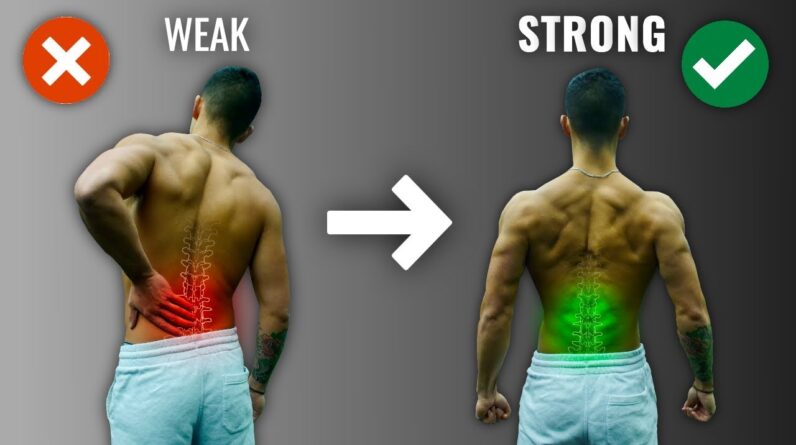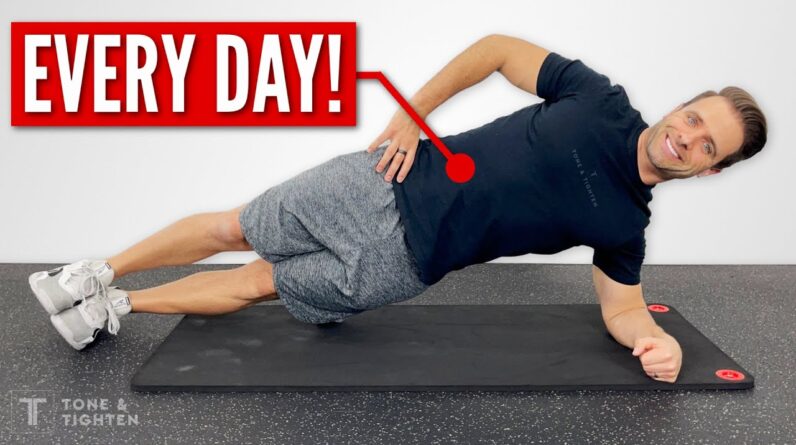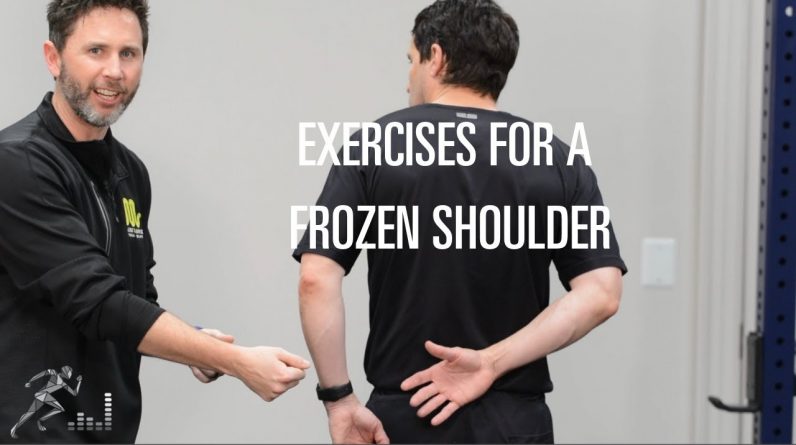
A 2021 study suggests that about 75% of the general population suffers from text neck.
This shouldn’t be surprising, since many of us tend to live life through our electronic devices—specifically, our good ol’ reliable smartphones.
While it’s great to have an infinite amount of information and entertainment at our fingertips, this advantage might come with some serious downsides.
As a result of long durations spent hunched over, many people go on to develop various pains and discomforts, all due to how they use their smartphones or computers. You can even get headaches from text neck!
- So, what is text neck exactly?
- How do you know if you have it?
- And if you do, what can you do about it?
- If you don’t, how can you prevent it?
Let’s take a look!
What Does Text Neck Mean?
“Text Neck” is a catchy term frequently used to describe the more complex term, “Forward Head Posture.”
Basically, text neck involves the head protruding forward past the shoulders, which places a ton of strain on the neck and shoulders (ouch!). Many people also have rounding of their shoulders, giving them a semi-permanent hunched appearance.
And get this: For every inch your head protrudes forward, it places an additional 10 pounds of stress on your spine, specifically your cervical spine (or neck). This is often why people begin complaining of neck and shoulder pain. Simply put, your spine is handling a lot more stress than it’s made to.
What are 4 Symptoms of Text Neck?
So, how do you know if you’re experiencing text neck?
Well, looking in the mirror can definitely offer some hints. If you’re developing a hunch in your upper back and lower neck, this is a tell-tale sign of text neck (and potentially increased pain later on down the line!).
All in all, here are the top symptoms of text neck:
1. Rounded shoulders and forward head posture.
Typically, your ears should align directly above your shoulders. If they don’t and you tend to have a more hunched position (which you can, again, check in the mirror), this might be something you want to pay attention to and fix.
2. Decreased neck and shoulder mobility.
Many people with text neck complain of tightness around their upper back, shoulders, and neck.
3. Headaches.
Everything in the body is connected! If the muscles around your neck are tight, they will, inevitably, pull on the muscles around your skull. This can lead to tension headaches and more. You might struggle to look at a screen for very long, and you might find you’re prone to eye strain.
4. More pain.
All of the above can lead to increased pain, particularly in your neck, shoulders, and upper back. However, this pain can increase when assuming the poor posture you use to look at your cell phone or laptop. In some severe cases, individuals might even pull a muscle.
Related Article: What is Dopamine Fasting & Can it Help Your Brain Calm Down?
Text Neck Treatment
Luckily, you have options to fix the problem (and prevent it)!
In many cases, a physiotherapist can help guide you on what you should do for your particular situation to feel better and thwart pain. In fact, exercises are a major part of most people’s recovery from text neck.
Here are a few text neck exercises you may want to try:
Chin Tuck
Lay on your back on a flat surface. For optimal comfort, you may want to roll a small towel under your neck. Then, without bringing the back of your head off the ground, bring your chin toward your neck/chest (kind of like making a “double-chin face” as many of us did as children).
Hold here for 5-10 seconds, then release and perform for 10 repetitions for 2-3 sets.
Exaggerated Nod
This one is really simple!
Sit up tall and extend your neck all the way back, bringing your gaze up to the sky. Pause, then bring your neck forward so that you’re gazing down at your chest. Continue to do this for 10-15 reps and 2-3 sets.
Cat & Cow
Begin this exercise on all-fours.
Slowly arch your back down and bring your gaze up toward the sky or ceiling. Pause for a count of 5, then arch your back up and bring your gaze in between your arms. Pause for a count of 5, then repeat. Do this about 10 times and for 2-3 sets.
Forward Fold
Stand tall, then completely drop your body forward at the waist, allowing your arms to hang or holding your elbows with your opposite hands. Stay here for as long as it feels comfortable (this offers a great one for your spine, helping decompress those tight spots!). Aim for at least 20-30 seconds.
These text neck exercises can be performed every second day for optimal results. Again, your physiotherapist may recommend other exercises that are more specific to your unique situation or pain.
How Can I Prevent Text Neck?
So, what about prevention? Well, there are also tons of options for this, including (some of which may be useful for treating text neck as well!):
1. Using postural correctors.
Whether they work or not all depends on the type you get and whether you use them.
Arguably, the best ones often come with reminders (or buzzers) that will remind you to fix your posture when you start to hunch. Other types also help pull the shoulders back, reinforcing a better posture.*
2. Trying out cervical traction blocks.
This helps relieve tension on your neck and create space between the vertebrae of your spine, alleviating pain and preventing it.*
*While these items may help treat text neck, we are not medical professionals. It’s always important to talk to your doctor, physical therapist or a medical or orthopedic professional to make sure the items you’re using are helping, being used properly and not hurting you!
3. Setting reminders on your phone.
Seriously! A really simple way to make sure your posture is up to par is by setting reminders on your phone to tell you to straighten up. If you work at a desk, this can be really useful to do every 30-60 minutes.
4. Lift your phone to eye level.
This prevents you from hunching down to look at your screen, preventing the dreaded text neck.
5. Take breaks.
Avoid spending long amounts of time on your phone or computer. Instead, take a break to walk or stretch or simply move your body.
6. Perform regular exercise.
When you take good care of your body, it does the same back at you! Research even suggests that regular exercise can actually prevent neck pain!
Related Article: 7 Easy At-Home Exercises That Require Next-to-Zero Effort or Thought
Watch Your Neck!
Take this quite literally… Keep an eye on your neck.
Are you beginning to hunch forward? Okay, let’s take steps to prevent and fix that, such as those above. Text neck isn’t inevitable. In fact, it’s quite avoidable and reversible in most cases.
At the end of the day, having a pain in the neck is, well, a real pain in the neck! Don’t fall prey to this mistake. And if you already have, work toward fixing it. It could truly make all the difference in your quality of life and happiness.
Read Next: Posture Check: Are You Making These Mistakes? 3 Good Posture Exercises to Try
*Disclosure: As an Amazon Associate, we earn a commission when you click the link and finalize a purchase (At zero cost to you.). We participate in programs like these to keep providing our readers free daily motivational content.
Photo by Anete Lusina







